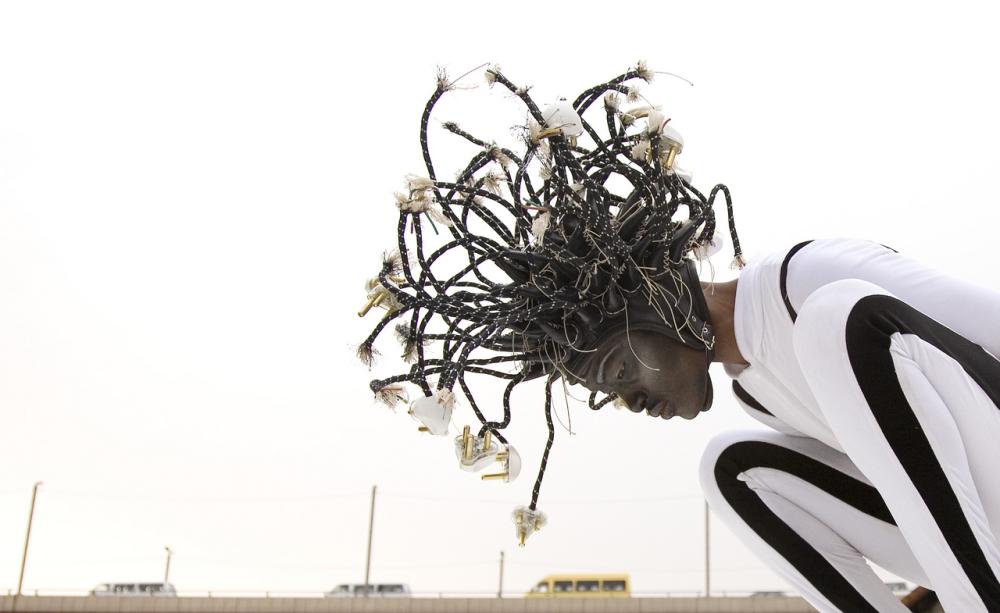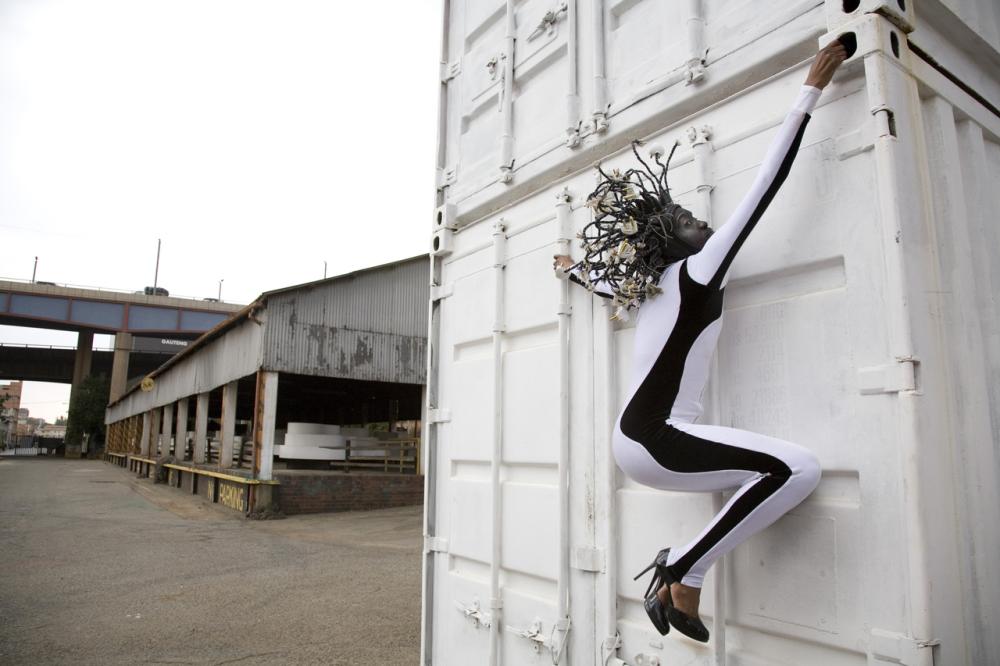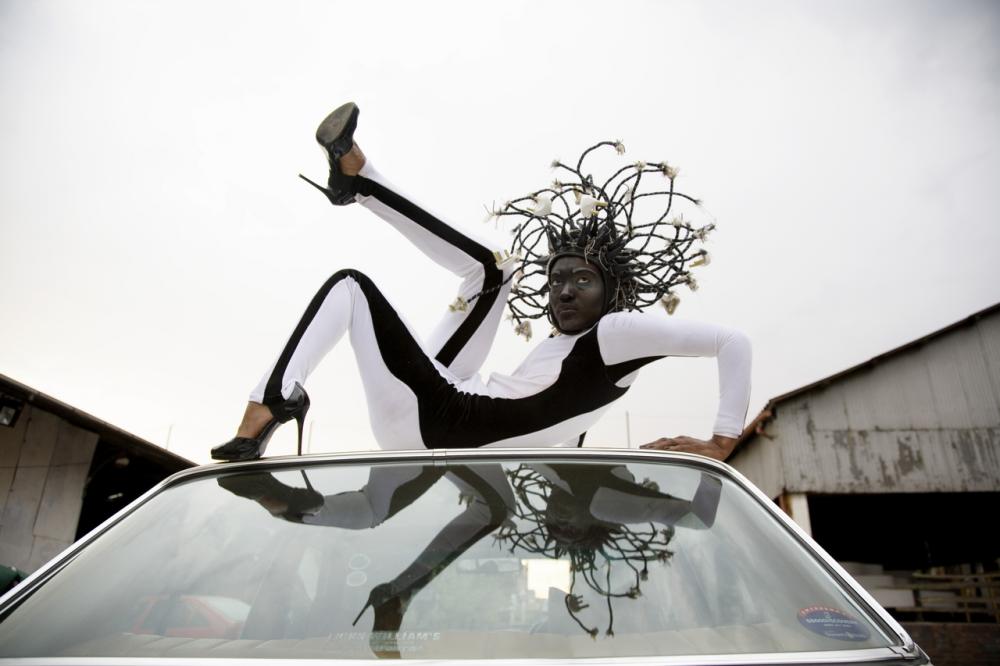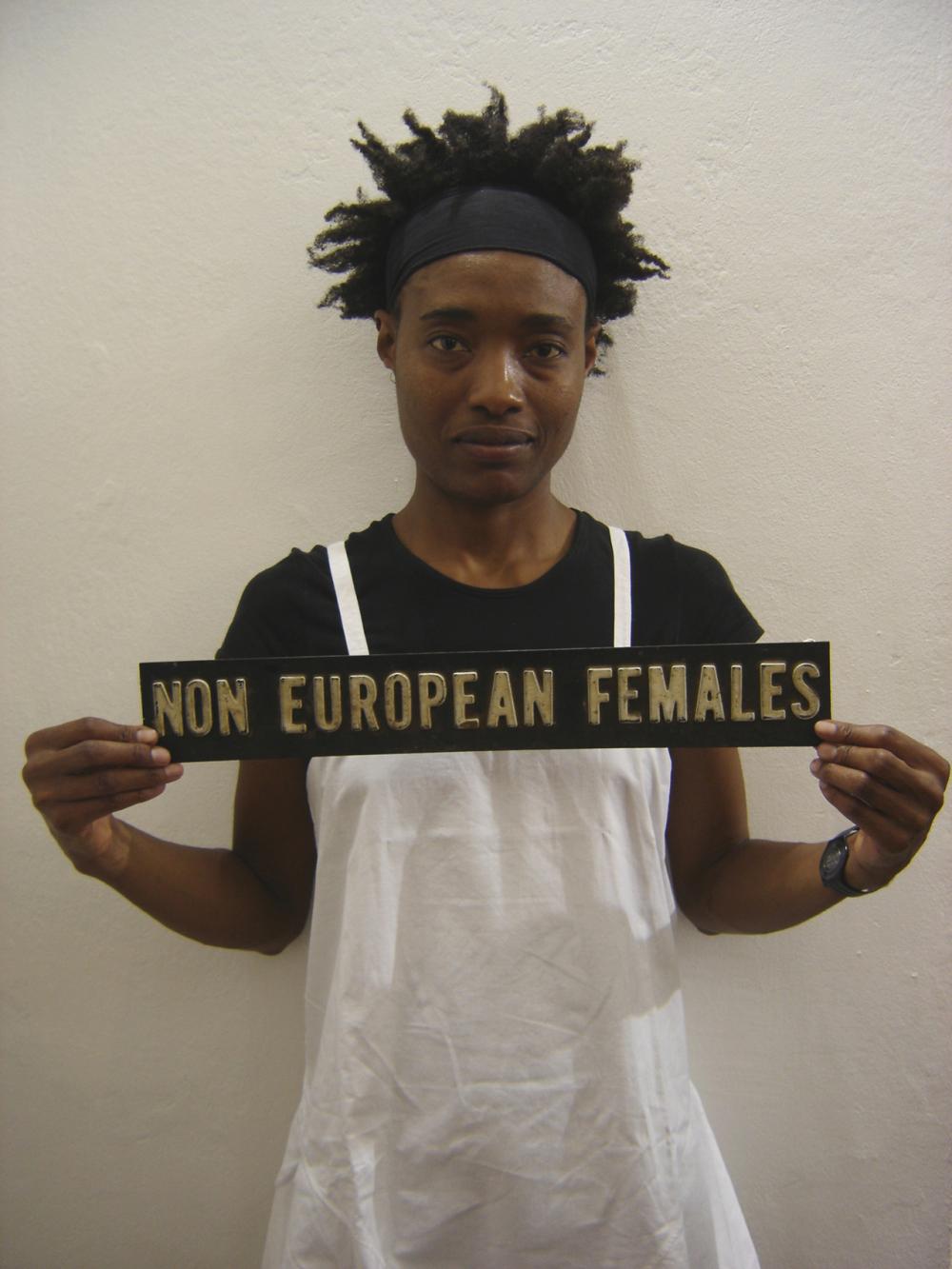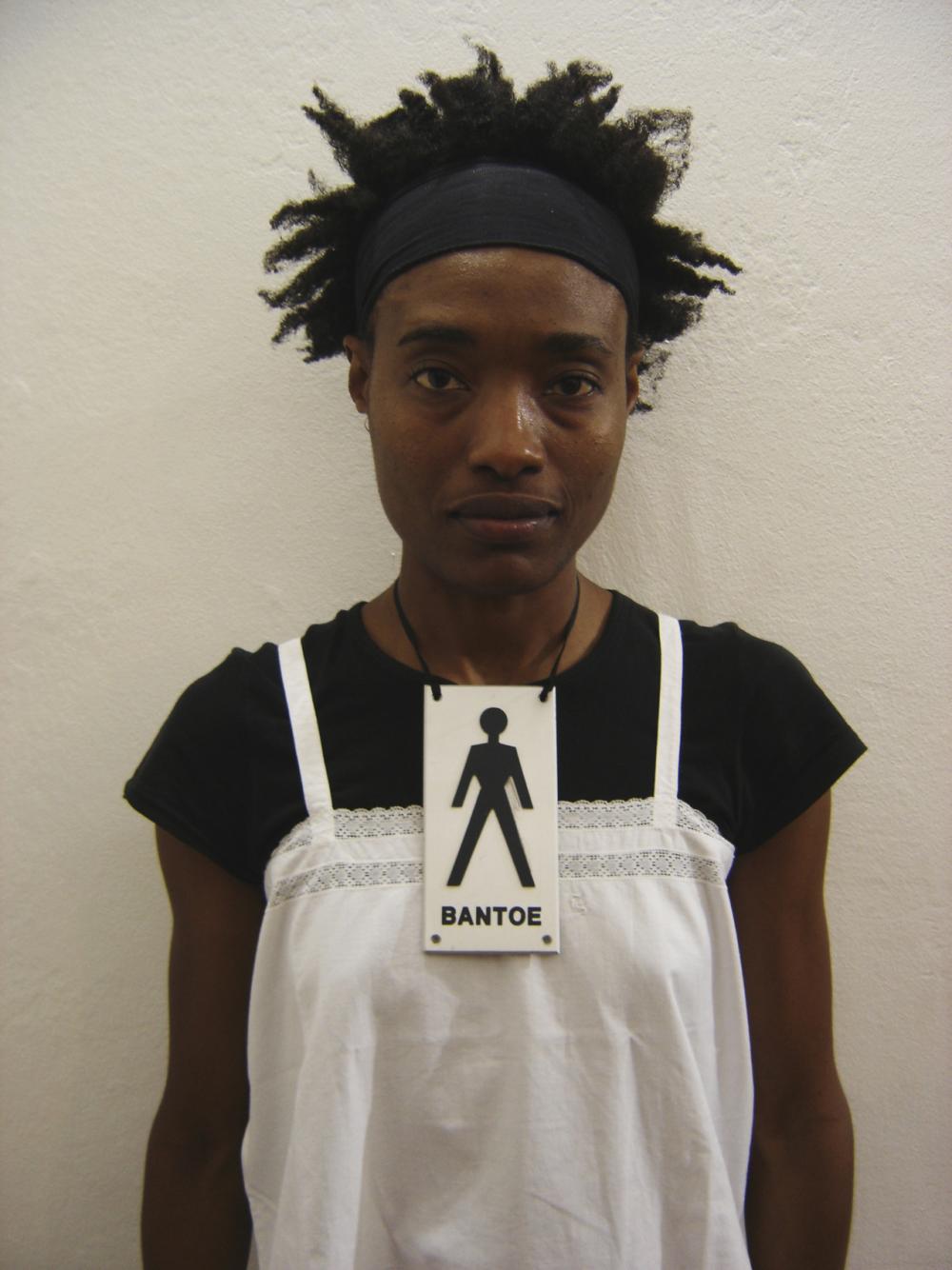Black!...White?
There is a grey line…
When a newly born black businessman piles his whole family in his “Be My Wife” car and takes them out of Soweto to settle in the rich northern suburbs: what happens to his skin?And when a lonely desperate woman – in Brooklyn, Soweto, Kinshasa – kills her skin with chemical whitening creams, hoping it will bring her lover back faster: what happens to her mind?
In Africa, in America, in Europe, Black has been made the color of despair, the color of defeat, the color of poverty. And White is the color of the winners, the color of the rich and the famous. All over the planet, women – always the women! – are uncurling their hair, bleaching their skins, hiding themselves.
Why should we mourn in black and marry in white? And what happened to “Black is beautiful”? Black and White is everywhere. Outside, inside our bodies. And souls.
The crossing-over of this “grey line”, i.e. the crossing of cultures, mentalities, prejudices, causes fear and trauma. The performance will deal with this fear, its causes and complexities, on both conscious and unconscious level. This will be presented on a black and white stage, not unlike a cartoon strip. The performers will interact with live cartoon characters through a video projection.
Artistic arguments
We wish to explore themes of racial and social stereotyping and how these distort people’s perceptions of one another. These issues will be explored using the socio-economic climate of present-day South Africa as the setting for the narrative, keeping in mind that stereotyping and discrimination are not exclusively South African phenomena, but are universal. At present, discrimination is still rife in South Africa, although the criterion has shifted from race to class and economic power. The performance will ask the question of whether we benefit from focusing on what makes people different from one another. How do our interactions change when we begin to see our similarities, or when we are forced on to an equal standing through circumstances beyond our control?
Along with the above-mentioned themes, there will be a play around the meanings of the term “Black & White” – how it refers to race, opposites, and two sides of a story, rigid adherence to one’s point of view, simplification and reductionist thinking. What is also of interest is how in western culture ‘black’ has often come to represent what is liberal, cool, free – while ‘white’ has come to stand for what is conservative and rigid – stereotypes which have grown as a reaction to old prejudices but which can be just as divisive and misleading
Ultimately, ‘black and white’ - in the broadest sense of the term as any two apparent opposites - can only exist in relation to one another. Do we choose to see any two sides as separate or as integral - parts of a whole?
These perennial human issues will be explored through the convergence of dance, animation and clothing design, resulting in new visual interpretations to old problems. Themes will be revealed through visual metaphor, mime, the interplay between two-dimensional imagery and three-dimensional surface and the flattening of three-dimensional space.
Visual influences include Cubist ideas of representing multiple viewpoints on a single picture-plane, shadow theatre, as well as the works of Escher.
choreography Nelisiwe Xaba | direction Toni Morkel | performers Nelisiwe Xaba, Stacey Sacks, Rob van Vuuren | sets and costumes Carlo Gibson and Strangelove | artistic collaboration and video animation Lukasz Pater, Neo Monese | assistant animators Sakhile Gumbi, Neo Monese | sound design Mocke J van Veuren, Suvesh Arumugam | guest musicians Ipeleng Morake, Carla M Klaasen | lights design Philippe Ferreira | techniques François Blet / Philippe Ferreira | tour manager Pethso Vilaisarn | delegate production CDC Toulouse/Midi-Pyrénées | coproduction CDC Toulouse/Midi-Pyrénées / Festival C’est de la Danse Contemporaine ; Les Hivernales d'Avignon / CDC Provence Alpes Côte d’Azur ; Biennale nationale de danse du Val-de-Marne / CDC ; Danse à Lille / CDC Roubaix Nord Pas-de-Calais ; Art Danse Bourgogne / CDC Dijon Bourgogne ; Uzès Danse / Festival et CDC de l'Uzège, du Gard et du Languedoc-Roussillon ; Le Cuvier / CDC d'Aquitaine ; Le Pacifique | CDC Grenoble ; Culturesfrance / Département Afrique et Caraïbes en Créations ; Le Séchoir / Ile de la Réunion ; l`IFAS Institut Français d`Afrique du Sud ; CCN Montpellier Languedoc-Roussillon | thanks to Service culturel du Centre Culturel Alban-Minville de Toulouse, Multimedia and Arts and Cultures Departement - APB of the University of Johannesburg.
